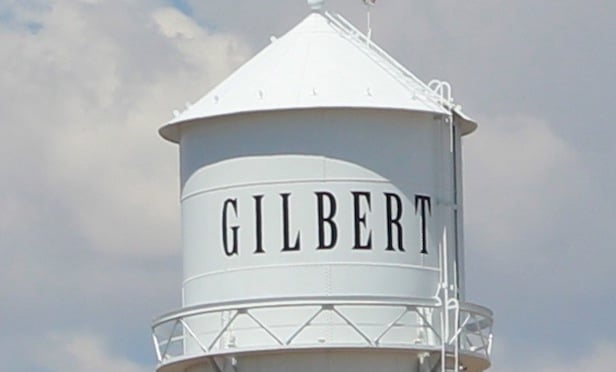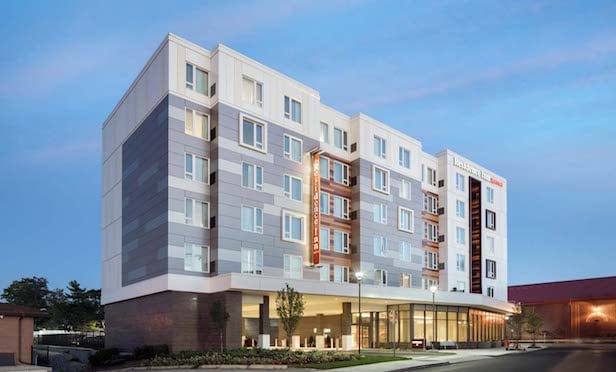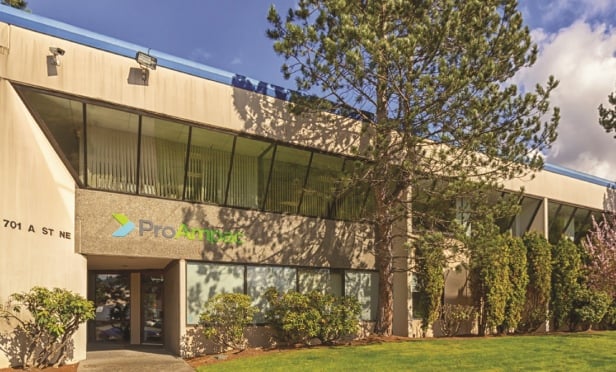INDIANAPOLIS—Indiana has become known as one of the nation's top logistics and distribution hubs. But a new report by CBRE's Midwest multifamily group shows that the strengthening economy has also meant stable growth in the state's multifamily market. The report, called Multifamily Market Overview: The State of Indiana covers Anderson, Bloomington, Columbus, Evansville, Fort Wayne, Kokomo, Lafayette, West Lafayette, Muncie in addition to the Indianapolis metro area.
Although CBRE researchers found that some of these markets experienced a slight year-over-year decline in occupancy, the overall occupancy for the state was 94.1%. Furthermore, rental rates increased in nearly all of the markets, proof of the state's overall stability, according to Steve LaMotte, Jr., senior vice president at CBRE's Indianapolis office and member of its Midwest multifamily team.
“The market votes with its dollars,” LaMotte adds. “With $569 million in multifamily properties trading in 2014, we're finding a growing list of sources interested in deploying capital in Indiana. We expect this interest to continue to grow in 2015.”
Highlights from the report include:
- Average housing values were the highest in Indianapolis at $195,647.
- The two highest per-unit transactions in Indiana in 2014 were the Avenue, which sold for $34 million, or about $239,000 per unit, and the Tyler, which sold for $48.6 million, or about $186,000 per unit. Both are student-housing properties located in downtown Indianapolis.
- Investment sales volume increased 39% from 2013 to 2014 with more than $649 million trading in more than 55 transactions.
- Investor demand for Indiana multifamily remains diverse, with a mix of both private and institutional capital, bicoastal and all points in between.
Other real estate providers have noted the robustness of the market. DTZ research, for example, shows that in 2013 over 10,000 people migrated to the Indianapolis metro region. “This is one of the most important dynamics that Indianapolis has going for it,” Kevin Thorpe, chief economist for the Americas for DTZ, recently said. “People drive demand, and people want to be in Indianapolis.”
In the same year, Cleveland, Milwaukee, St. Louis, Detroit and Chicago lost people, making Indianapolis “a standout in the Midwest.” And DTZ forecasts show the population boosts will continue for at least the next several years. This “is going to drive healthy real estate dynamics in Indianapolis well into the foreseeable future.”
© Touchpoint Markets, All Rights Reserved. Request academic re-use from www.copyright.com. All other uses, submit a request to [email protected]. For more inforrmation visit Asset & Logo Licensing.







